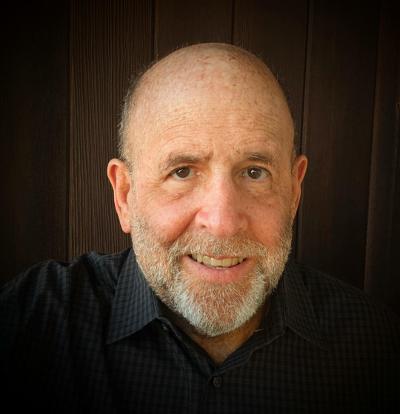By Andrew Malekoff
It was recently reported that children in primary and middle schools in Fukioka, Japan, now have permission to chat with their classmates during lunch break, providing that they continue to wear masks, sit with their desks facing forward and engage only in quiet conversation.
Wait! What?
Yes, that’s right. Japan’s observance of “mokushoku”—silent eating—which was enacted in order to stem the tide of coronavirus disease, has been lifted.
Can you imagine a silent eating mandate in America?
There would be a massive uprising. Food fights would break out across the nation. The Jan. 6 insurrection would pale in comparison. The Food and Drug Administration would be charged with forming a select committee to investigate. Hearings would be aired on the Food Network.
As the number of COVID-19 cases showed a marked decline in Japan, parents and school officials voiced their concerns that the code of silence was negatively affecting students’ social and emotional development.
Justin McCurry, reporting from Tokyo for the Guardian, said parents are divided about the lifting of mokushoku. He cited one mom who said, “My child is used to eating silently, and I’m sure she doesn’t feel lonely as she is with her family when she gets home.” She added, “I’m concerned about the possibility of infection, so I hope they will continue to eat without talking.”
Other regions in Japan have also put an end to silent lunches. Still others, as McCurry pointed out, “have come up with a compromise that allows children to face each other but eat without speaking.”
Apparently, eye contact is copacetic.
Silent eating in Japan is not confined to classrooms, according to Nina Li Coomes, writing for the Atlantic. She offered some insight from Rekishi wo Kizame, one of the most popular ramen restaurants in Nagoya.
“Inside the restaurant, there are several blue-and-white posters with a face, its eyes closed and one hand raised in front of its mouth in a universal ‘shh’ gesture,” reported Coomes. “It must be mass-produced, because I’ve seen the same poster at other restaurants and coffee shops in town with the same policy.”
Can you imagine if the same blue-and-white posters were hanging in the U.S. to identify silent dining establishments?
I can visualize one hand raised, but I believe the universal ‘shh’ gesture would be marked over with graffiti depicting the universal middle-finger salute.
Coomes captured the spirit of the silent dining experience after a meal at the ramen restaurant with her sister. “At the end of our meal,” she recalled, “I catch my sister’s eye over the partition and wiggle my eyebrows toward the door to ask whether she’s done. She wiggles her eyebrows back, and we (quietly!) place our ramen bowls on the counter, get up, and leave.”
She continued, “Outside, faces fully visible, we hop on our bikes and shout to each other across the lane about the food. I spot other patrons doing the same, shrugging off their quiet as they get to the crosswalk…I guess you can stop people from talking about their food for only so long.”
Regardless of the reason, silence is not easy for everyone.
Before retiring from nearly a half-century of work in the children’s mental health field, I met with thousands of young people and their parents, often in groups. I came to understand the need to balance the value placed in verbal product with the meaning and impact of silent moments.
Good music is appreciated for the spaces between the sounds—silent intervals—as well as the sounds themselves. Those of us who work with young people in classrooms or other collective settings can explore the many meanings and mysteries of silence. Following is a poem entitled “Let it breathe, let it be” that I wrote about silence in groups.
It is freeing
It is confining
It connects
It divides
It is calming
It is maddening
It is still
It is on edge
It is tiring
It is relaxing
It dims
It glows
It is numbing
It is renewing
It is dull
It is sacred
It is bewildering
It is illuminating
It is inevitable
Silence in the group:
It is a spiritual thing
Let it breathe
Let it be

